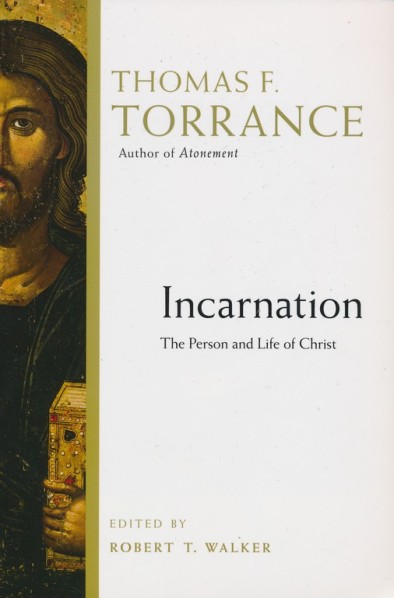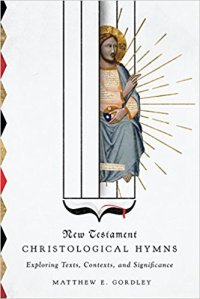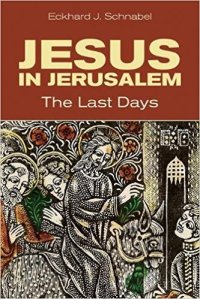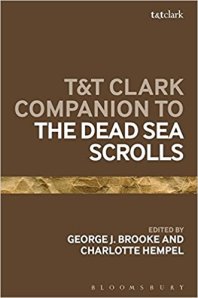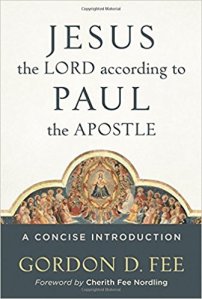Tags
There are some really good books coming out this year. Here are some that I am looking forward to.

Pauline Theology as a Way of Life: A Vision of Human Flourishing in Christ (Baker Academic)
Joshua Jipp has previously written important works on both New Testament theology and Pauline studies. Here he brings the two together once again in what looks to be a great synthesis of Pauline belief and practice.
Look for it in July 2023.

A Jewish Paul: The Messiah’s Herald to the Gentiles (Baker Academic)
Matthew Thiessen is an expert on the relationship of first-century Judaism and early Christianity and a proponent of the so-called Paul within Judaism Schule. This book looks like it will be a great way to introduce someone to that particular school of thought. What I really like is that Thiessen has an important thesis and keeps the book under 200 pages! So often important ideas do not get widely disseminated because they are trapped inside 500+ page monographs.
Look for it in August 2023.

Beyond the Greek New Testament: Advanced Readings for Students of Biblical Studies (Baker Academic)
This new book by Max Botner is a carefully curated compilation of readings from ancient Greek literature (both Hellenistic and classical) outside of the New Testament. From the blurb: “Each reading includes a brief introduction to the text, suggested readings, and extensive footnotes that provide key points of grammar, vocabulary help, and cross-references to major Greek grammars.” I think it would be a great exercise to slowly work through these texts with an advanced grammar by your side (e.g., Heinrich von Siebenthal’s Ancient Greek Grammar for the Study of the New Testament [Peter Lang 2019] ).
Look for Botner’s book in July 2023.

Composition as Conversation: Seven Virtues for Effective Writing (Baker Academic)
This book by Heather Hoover is not strictly speaking related to biblical studies, at least not directly, but I am a big fan of what I call nuts-and-bolts resources. The seven virtues she develops are curiosity, attentiveness, relatability, open-mindedness, and generosity. I think these virtues are especially important for scholarship and higher education in general. This would be an excellent companion to Nijay Gupta’s little book, The Writer: A Guide to Research, Writing & Publishing in Biblical Studies (Cascade Books 2022). I teach at the undergraduate level and look forward to using Hoover’s new book to help students grow in their writing skills.
Look for it in June 2023.

Shaping the Past to Define the Present: Luke-Acts and Apologetic Historiography (Eerdmans)
Greg Sterling, professor of New Testament at Yale Divinity School, is legendary for his work on Second Temple Judaism and early Christianity within the Greco-Roman world. This book is a collection of essays (some new, some old) and builds on his previous research on historiography. If you are interested in early Christian identity in the Greco-Roman world, buy this book.
Look for it in March 2023.

De vita Moses (Book 1): An Introduction with Text, Translation, and Notes (Baylor University Press)
As indicated in the title, Jeffrey Hunt has done a new translation of the first part of one of Philo’s works, sometimes known by its English name, On the Life of Moses. Philo, who lived at the turn of the era (ca. 20 BCE – 50 CE), is a key figure to study for learning about how the Jewish heritage was engaging the non-Jewish thought world around it. Not that Philo was representative of all Jews in the period, but he was certainly a high-profile and prolific author in Alexandria. This new translation comes with the parallel Greek text and explanatory notes “extrapolating on points more fully discussed elsewhere in the Philonic corpus, observing specific divergences from the Septuagint, and suggesting aspects of contemporary historical influence on Philo’s retelling of the biblical narrative” (from the blurb).
Look for it in March 2023.


